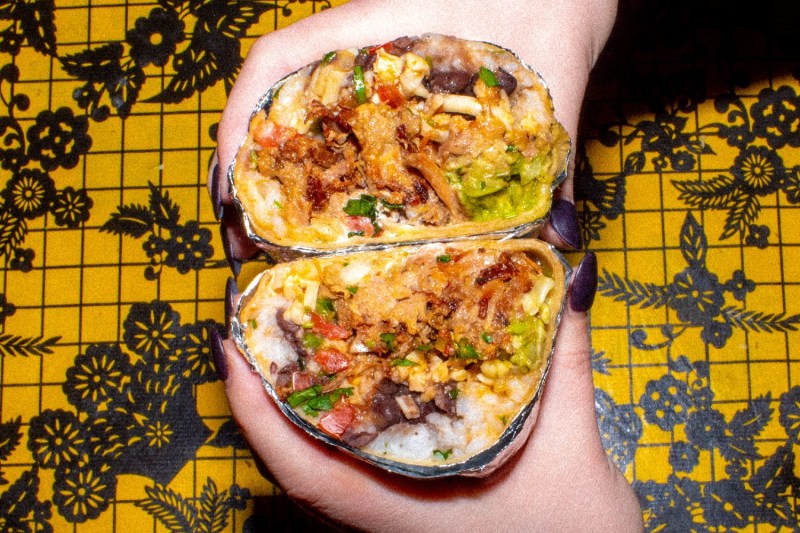
The pandemic changed a lot of things, especially the restaurant industry. When cities across the country banned indoor dining, once-buzzy eateries with impossible-to-get reservations were left struggling to pay their rent, employ workers, and generally stay afloat. (Take a look at DoNYC’s ever-growing list of places that have permanently shut down for a sense of what it’s like in New York City alone.) Then came ghost kitchens. One of the growth areas in a market that was particularly hard-hit, the concept gained traction last March, when upscale restaurants realized that they wouldn’t be serving guests in the manner they used to anytime soon.
Related Guides
Motivated by the need for a new way to generate alternative income — sometimes even pivoting away from their own cuisine to adopt more delivery-friendly dishes — and without a big capital spend, big-name foodies have jumped on the bandwagon, creating spinoff concepts run out of their existing operations. See: Philly-based restaurateur Stephen Starr’s quadfecta of Jackass Burrito (via Mexican restaurants El Vez and El Rey), Wing Wing Wing (via German biergarten Frankford Hall), and Pete’s Place and Chicken Scratch (via Serpico), Justin Smillie’s Smillie Pizza (via Il Buco Alimentari & Vineria), Matt Kliegman’s Black Seed Pizza (via Black Seed Bagels), Dan Kluger’s Washington Squares (via Loring Place), Robert Aikens’s Ghostburger (via Mexican cantina Espita), Bryant Ng’s Cassia Rice & Noodle Kitchen (via high-end Vietnamese restaurant Cassia), Kyle Itani’s Nikkei Sushi (via Japanese noodle shop Itani Ramen), the list goes on. And the future is looking bright: According to Euromonitor, the delivery-model is projected to reach $1 trillion worldwide by 2030.
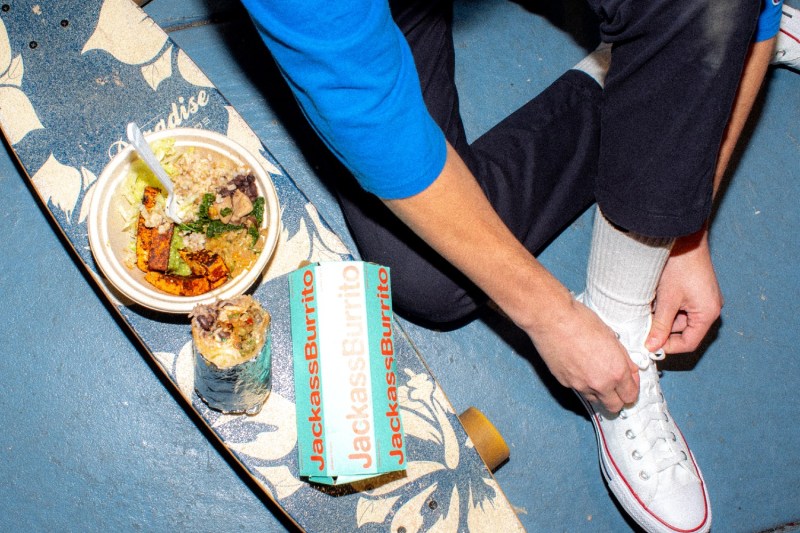
Social media has also taken note, with users tagging their go-to ghost kitchens on Instagram, generating brand equity and exclusivity, and, of course, a bit of FOMO. For his part, Starr teamed up with the duo who created meme content for Michael Bloomberg during his presidential campaign to spearhead his social media strategy, which will include stunts reminiscent of the MTV series Jackass on the streets — with real donkeys. The marketing opportunities online truly know no bounds. Here, Starr talks more about ghost kitchens, the current state of the restaurant industry, and his favorite meme account to follow.

Do you think ghost kitchens have staying power post-pandemic?
Stephen Starr: I’m not convinced that virtual concepts constitute the future of the restaurant industry. I don’t believe people’s dining habits have changed forever and that these concepts will be so important once people feel safe going out again. I just wanted to do something that has an immediate impact, by keeping my staff employed, without having to invest a ton of time or capital on it.
What does the future hold for Jackass Burrito?
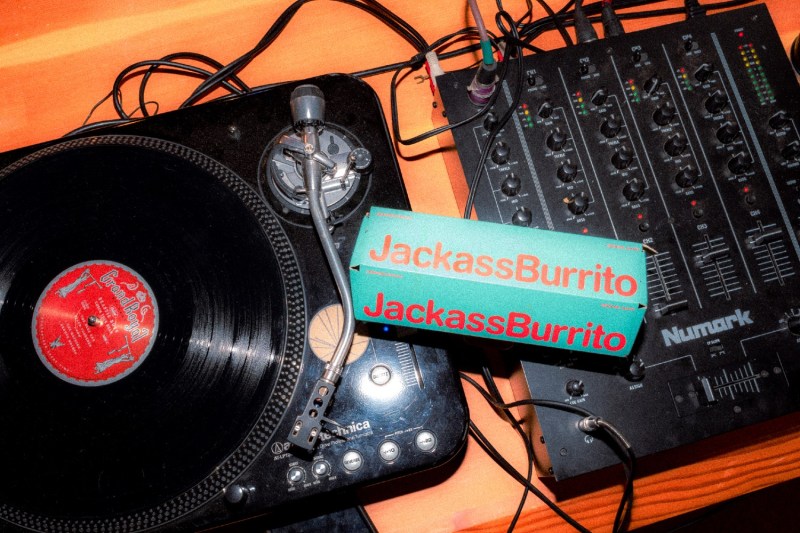
SS: I think it would be great for brick-and-mortar, specifically as a fast-casual option at college campuses. I’m already scouting some properties in Cambridge, New Haven, and areas around Penn State University.
How did you come up with the name?
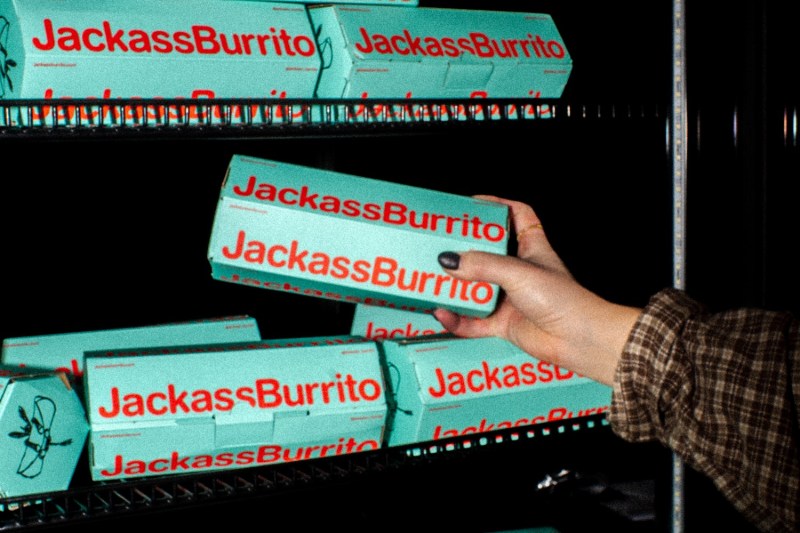
SS: When I was thinking about this concept, I found out that burrito means “little donkey,” which is also a jackass. It reminded me of when I was growing up and my aunt used to say to me “Stephen, don’t be a jackass,” which puts a smile on my face. Most virtual concepts these days tend to be generic. We’re trying to give them soul, at least in the name. Jackass Burrito felt like the safest way to give it to you straight and bring the humor — there’s something very refreshing in that right now.
The concept really harnesses the power of social media, and Jackass Burrito’s Instagram features a ton of great memes. Do you have a favorite meme account?
SS: Truth be told, I wasn’t that familiar with memes until a few months ago. My kid showed me this account with waiter memes that I like: @serverlifememes. When we were launching Jackass [Burrito], I knew this stuff would resonate with Gen Z’ers.
People of all ages seem to be gravitating toward comfort food right now. Why do you think that is?
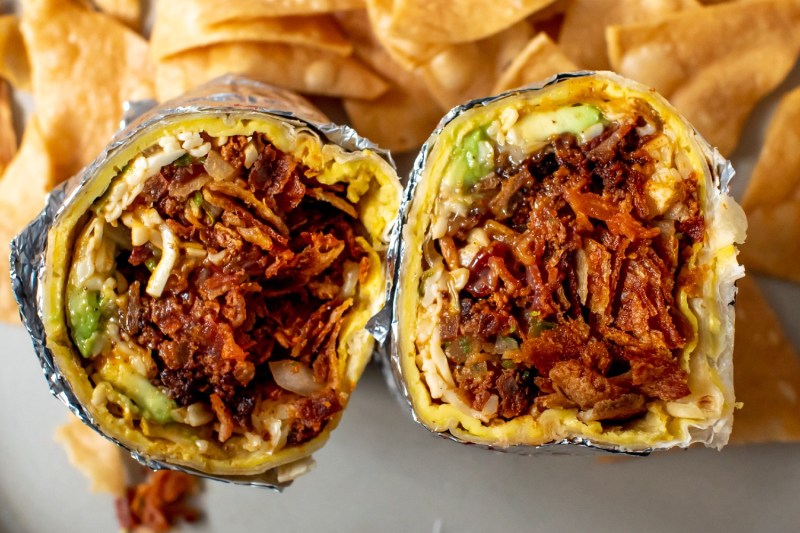
SS: The idea to do “kinda Korean” with Pete’s Place was all our chef, Peter Serpico. The inspiration came from quarantine months cooking at home with his daughter — noodles and stews made of whatever they could dig up in the pantry. He figured if it’s all they crave, it might be someone else’s craving, too. And he was right. It’s all my son wants to eat right now. As for burritos, they were our bestsellers at El Vez and El Rey, so I riffed on them and added some new options, like the All-Day Breakfast burrito and the Baja Shrimp.



